I could have titled this blog, how to help get rid of your snot, which is really the point, but it seemed like kind of a rude title. So I will just stick with Tips to Reduce Spring Allergies.
Spring is such a wonderful time of the year, but not if you can’t breathe and your eyes are so puffed up you can’t see.
In my clinical herbal practice I have worked with clients for over 20 years helping them to reduce their spring allergy symptoms. Here are some of the tools that have helped people the most. I hope they help you to feel better also.

1) Stay hydrated
Drinking enough water is a foundational aspect of any allergy elimination program. It is important to drink ½ your weight in water. If you weigh 120 pounds, drink 60 oz water. To make sure you drink enough water, measure it out first thing in the morning.
Be familiar with how many ounces your water container holds and set aside the amount of water you will drink for the day before the day begins. If you don’t drink enough water then the body creates more mucus to counteract the dryness.
Getting enough water is the first step upon which you can build other changes to reduce spring allergies symptoms and susceptibility.
2) Eliminate poor quality fats from your diet
The fat that you eat helps make up every cell wall in your body. Eating poor quality fat compromises the integrity of the structure of your cells and they become more susceptible to inflammation and damage. Inflamed cells are more reactive and can increase allergy symptoms.
Read all of your food labels and watch out for trans fats. Don’t eat hydrogenated oils, partially hydrogenated oils, margarine, shortening, deep fried food, fast food and cotton seed oil. Vegetable oils such as sunflower, corn and safflower oil also increase inflammation in the body.
3) Eat high quality fats
To reduce spring allergies, make sure you have quality fats in your diet. Good fats include olive oil, avocados, coconut oil and ghee. Take an essential fatty acid supplement that is high in omega 3 oils.
You can also go one step further and infuse your cooking oil with anti-inflammatory herbs and spices.
4) Eliminate inflammatory promoting foods
Read your labels and get rid of any foods that have ingredients that increase inflammation in the body. Eliminate nitrates, sulfites, MSG, dyes, corn syrup, high fructose corn syrup, genetically engineered foods, preservatives and natural flavors.
All of these substances can increase your susceptibility to being more inflamed and allergic. Take a look at all the foods in your pantry and just throw the things away that contain these ingredients.
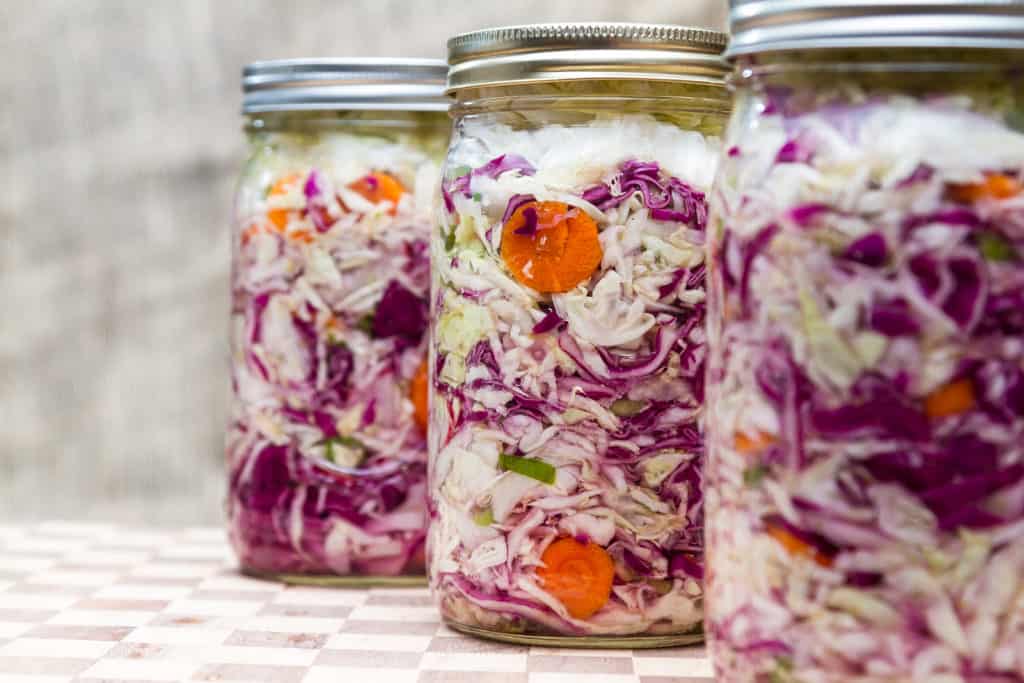
5) Nourish your beneficial bacteria
The beneficial bacteria in your gastrointestinal tract play an important role in your inflammatory response. You can reduce the severity of allergic reactions by increasing the integrity of your gastrointestinal tract.
Your healthy beneficial bacteria are compromised by antibiotics, medication, stress, birth control pills, chlorine in your tap water and excess coffee and sugar consumption.
Nourish the beneficial bacteria in your gastrointestinal tract by eating fermented foods such as raw sauerkraut, kimchee, whey, whole plain kefir and whole plain yogurt. Don’t be fooled by high sugar yogurts like Danon and Yoplait. Healthy yogurt is plain and has a little bit of a sour taste.
These foods contain the beneficial bacteria that feed your gut. Half of the immune cells in your body are found in the digestive tract. Keeping your immune system strong and your allergic reactions to a minimum require a strong digestive system full of healthy beneficial bacteria.
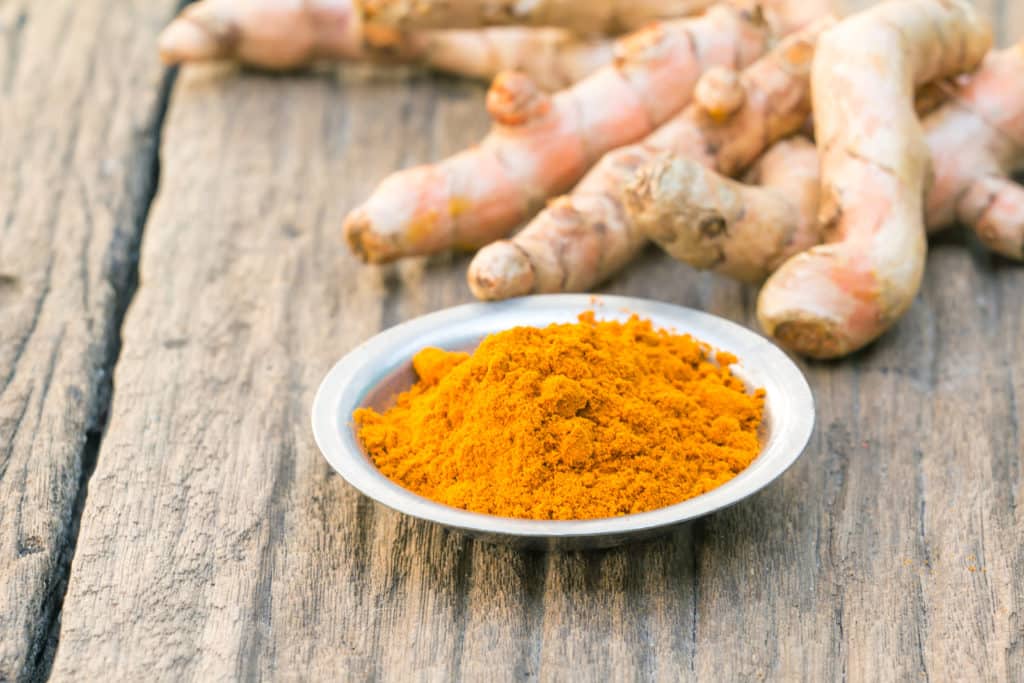
6) Take turmeric honey
Turmeric is anti-inflammatory and it will help to reduce spring allergies and your inflammatory responses.
In a clean glass jar put 6 tablespoons uncooked honey and 6 tablespoons powdered turmeric. Stir until the turmeric is well mixed into the honey. This turmeric honey mixture does not need to be refrigerated. You can leave it out on your counter.
The shelf life of this honey is about one year. When allergy season begins, take your turmeric honey. Put one teaspoon of turmeric honey into warm water and drink it. You can do this up to three times a day.
7) Love your liver
Your liver helps to mediate the inflammatory response to whatever you are allergic to. The liver has more than 600 different functions; including figuring out what to do with any chemicals and pesticides you put in your body. If the liver is backed up and bogged down with daily toxic exposures, it is less able to help you with your allergic reactions.
Don’t underestimate the negative effects of accumulated exposure to daily chemicals in your household. Everything adds up and gives the liver extra work to do. Read the labels on all of your body care products, you will be shocked at how many chemicals you are putting on your body.
Make a commitment to using all natural body care items. I am talking about detergents, the soap you wash with in the shower, your shampoo, shaving cream, lotions, make up, hair care products, etc. The personal care industry is unregulated and many of products contain known cancer causing ingredients. If you have allergies, don’t stress out the liver by using body care products with chemicals.
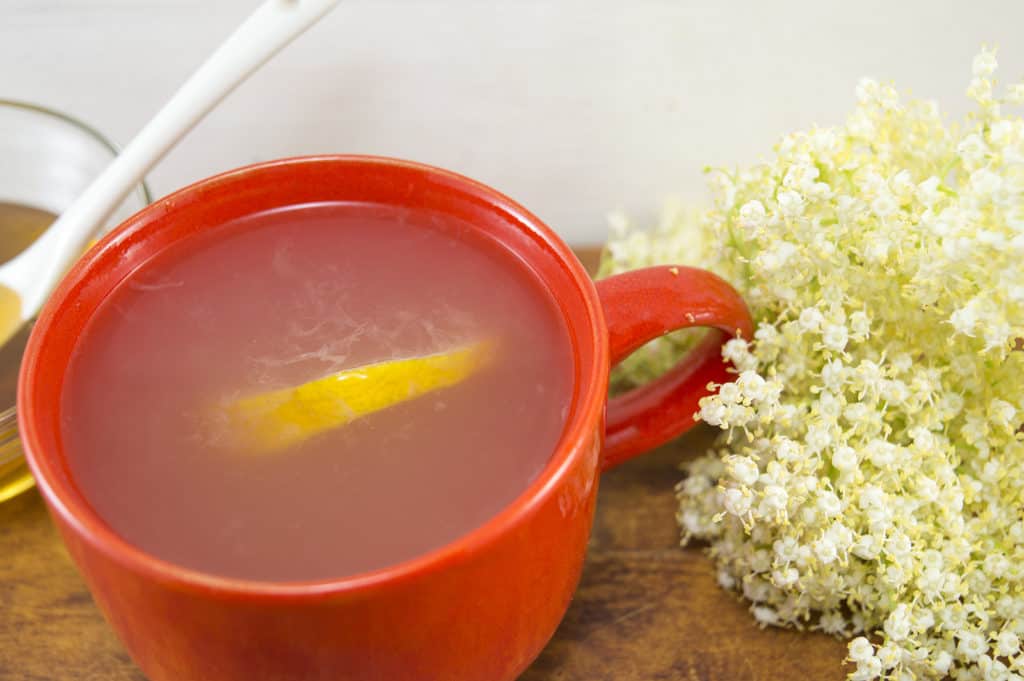
8) Drink elderflower tea
Elderflowers are rich in querecetin, which have anti-inflammatory effects on allergy symptoms. Reduce spring allergies by drinking this tea several times a week for a month. You can find elderflowers at Mountain Rose Herbs.
Elderflower Tea
3 cups water
3 tablespoons dried elder flowers
Put water and elderflowers in a pot with a lid on it. Bring tea to a boil, turn off the heat and let steep for two hours. Strain out the flowers, re-heat and drink 2 cups a day during acute hay fever season. Elderflower tea will last for two days in the refrigerator. It is best to drink it warm.
9) Use saline nasal rinse
If you already have allergy symptoms, do saline nasal rinses to tighten and tone your mucus membrane and help to reduce the inflammation.
Saline Nasal Rinse
1 cup warm water
¼ teaspoon sea salt
Mix the salt and warm water together and then put it into a Neti pot (Nasal Rinse Cup 1 cup) or nasal rinse plastic container that you can purchase at any drugstore. Make sure that the water is warm and not too hot. Let the warm water go all the way back into one side of your nose through your nostril and let it drain out of the other side. Do this on both sides.
If you have never done this or cannot visualize what I am talking about, read the directions on the box and ask around to see if you know someone that can show you how to do it. This simple technique is a life saver if you have acute allergy symptoms; you can do this one to three times a day.
10) Oil your nasal passage
If you have never done this before, it can seem a little weird, snorting oil up your nose. I mean really. However, the oil really helps to loosen up congestion and keep your allergies from becoming sinus infections.
Put 1/8 teaspoon of sesame oil on your recently washed pinky finger. Stick your finger into the first ¼ inch of your nostril. Lean your head back and snort the oil into your nose. Do this in both nostrils. You can do this up to three times a day. The sesame oil will lubricate and soften your nasal mucus membrane, helping to soothe the inflamed, irritated tissue.
Here’s a video demonstration of how to do nasal oiling.
Some of these suggestions to reduce spring allergies are easy to implement right away, such as making yourself a batch of turmeric honey. It may take a little longer to get all of the inflammatory foods out of your pantry but every step you take makes a difference. Love yourself, make a commitment to your health and enjoy life without so much snot.
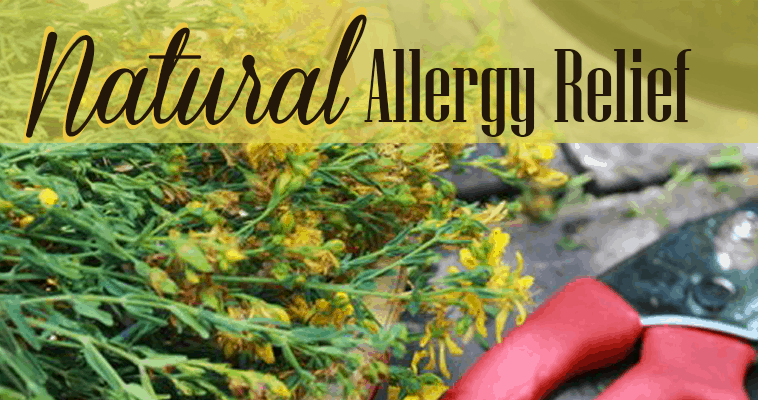


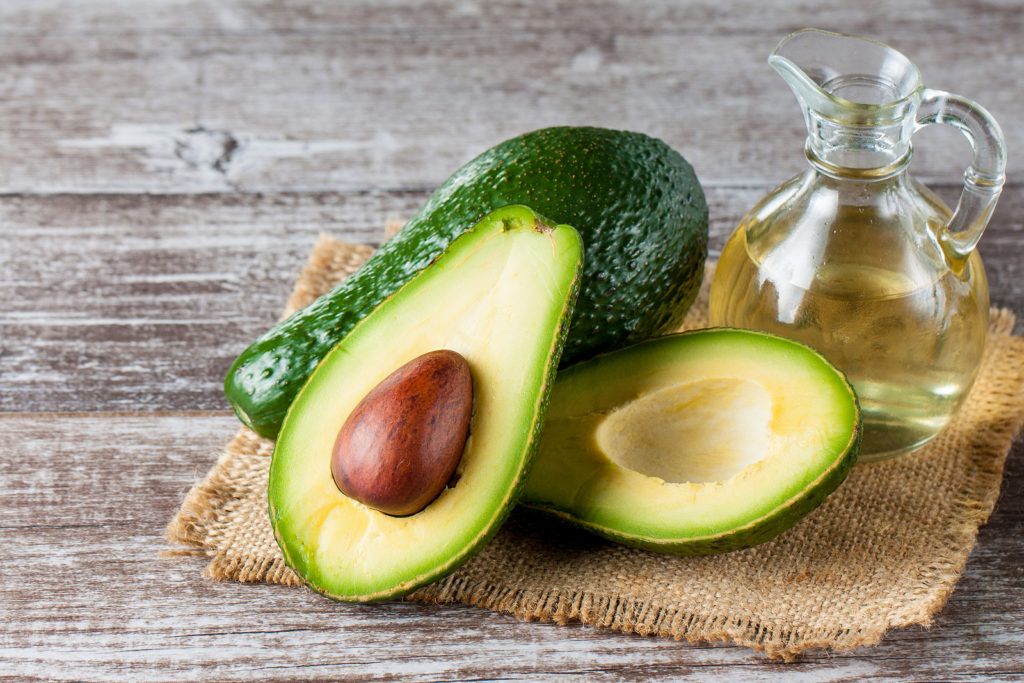

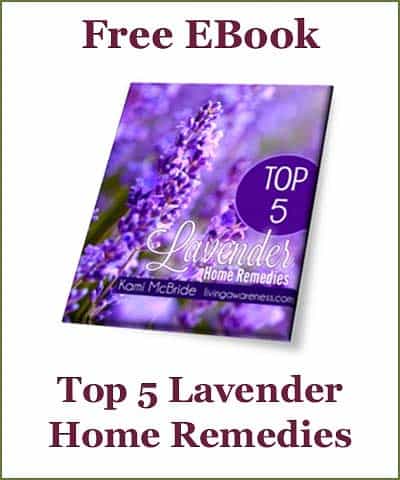

Me agrado la información que leí porque sufro decrinitis alergica
Your post is very nice and informative post we are also work same in this field and welcome you to visit our website. Thanks for your very nice and really a informative post.